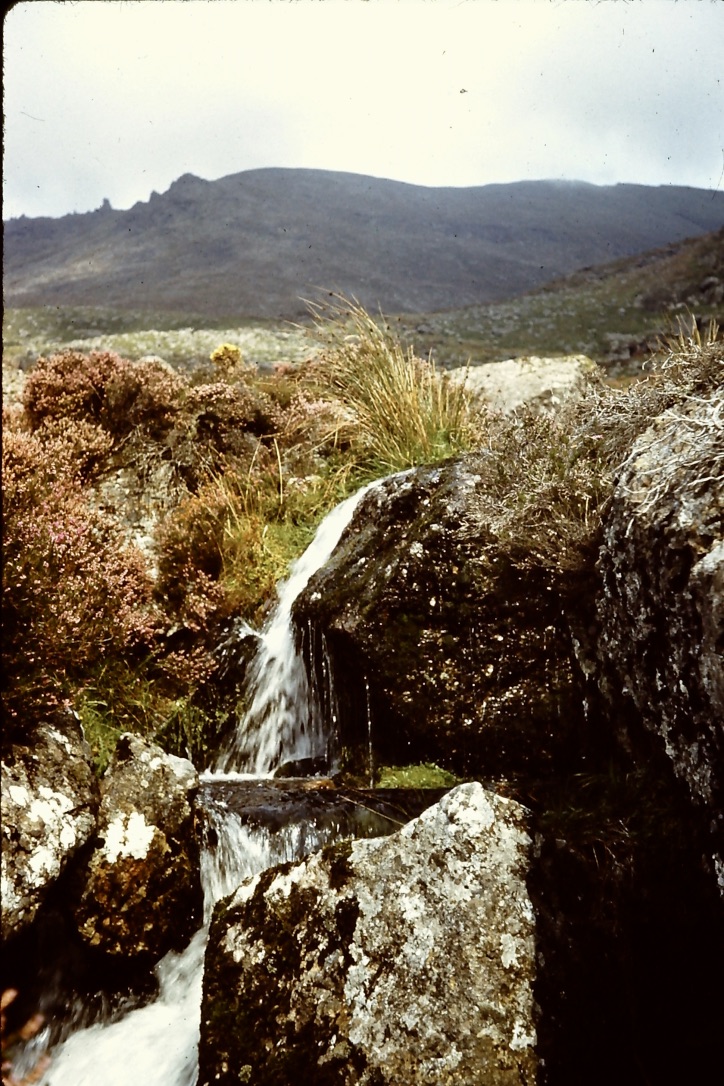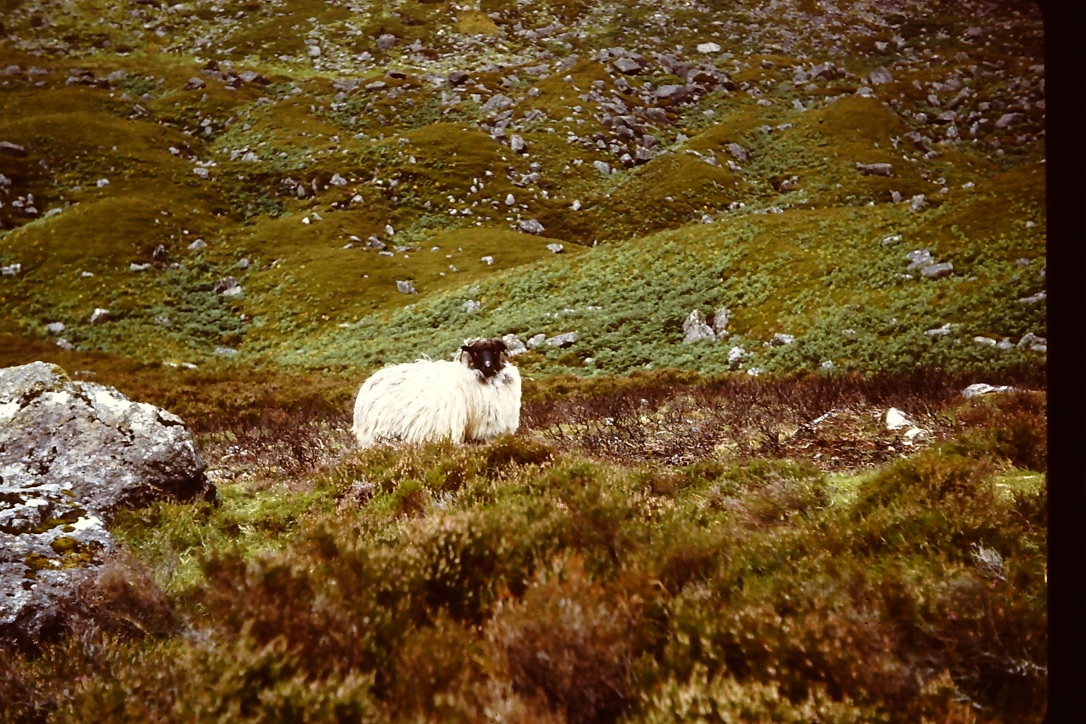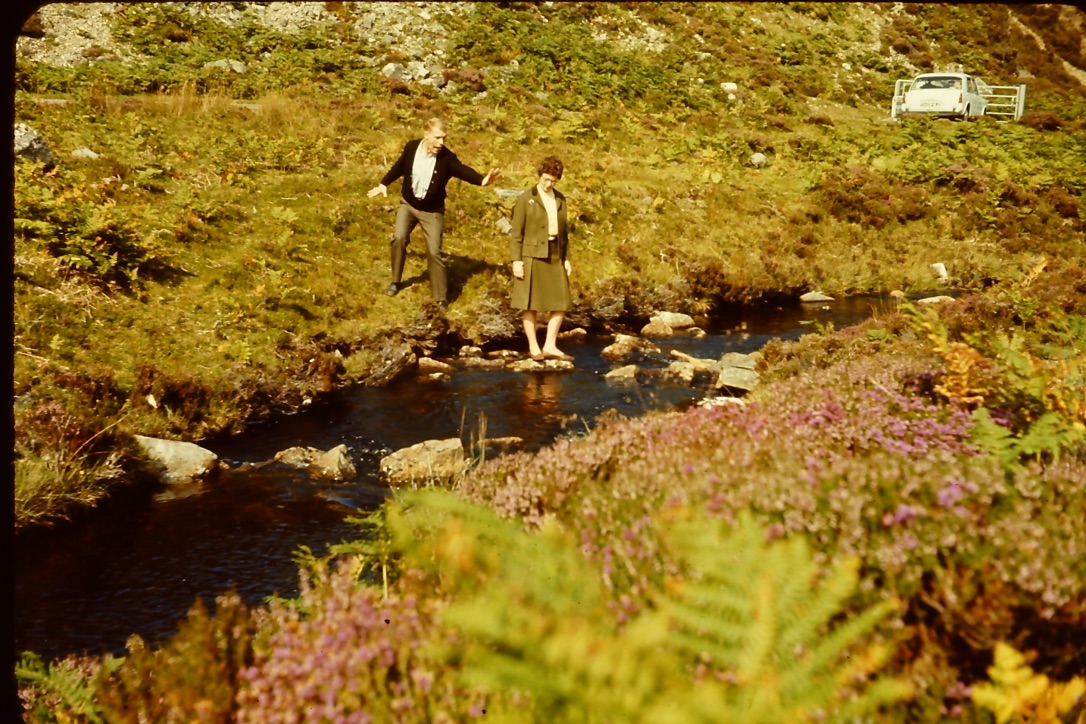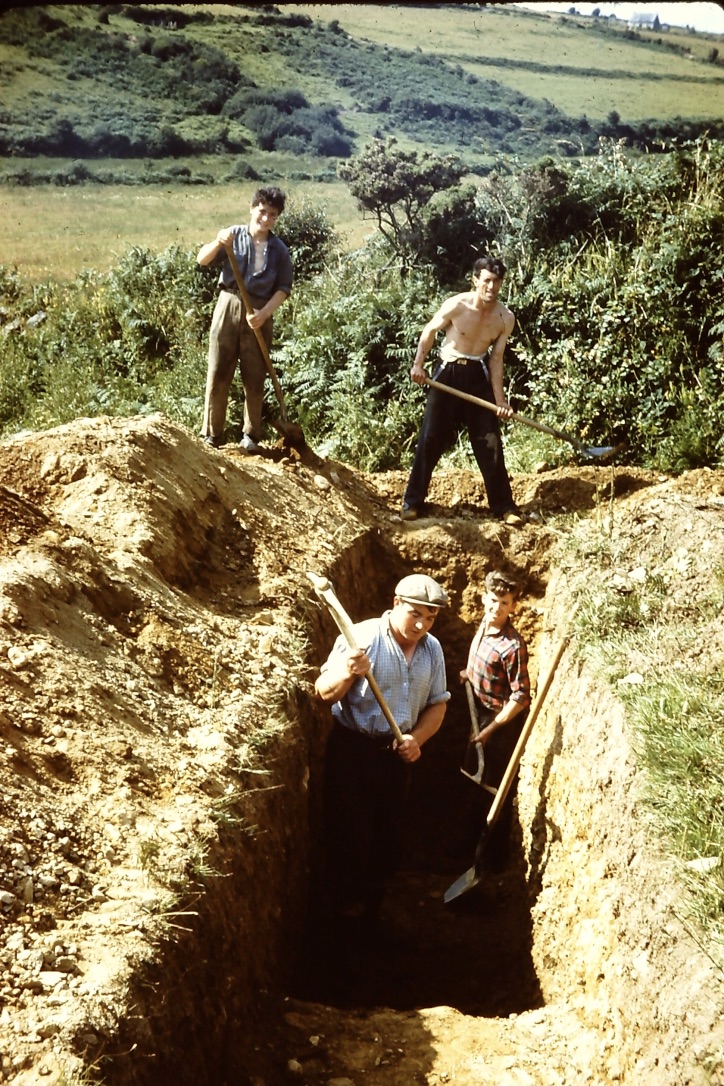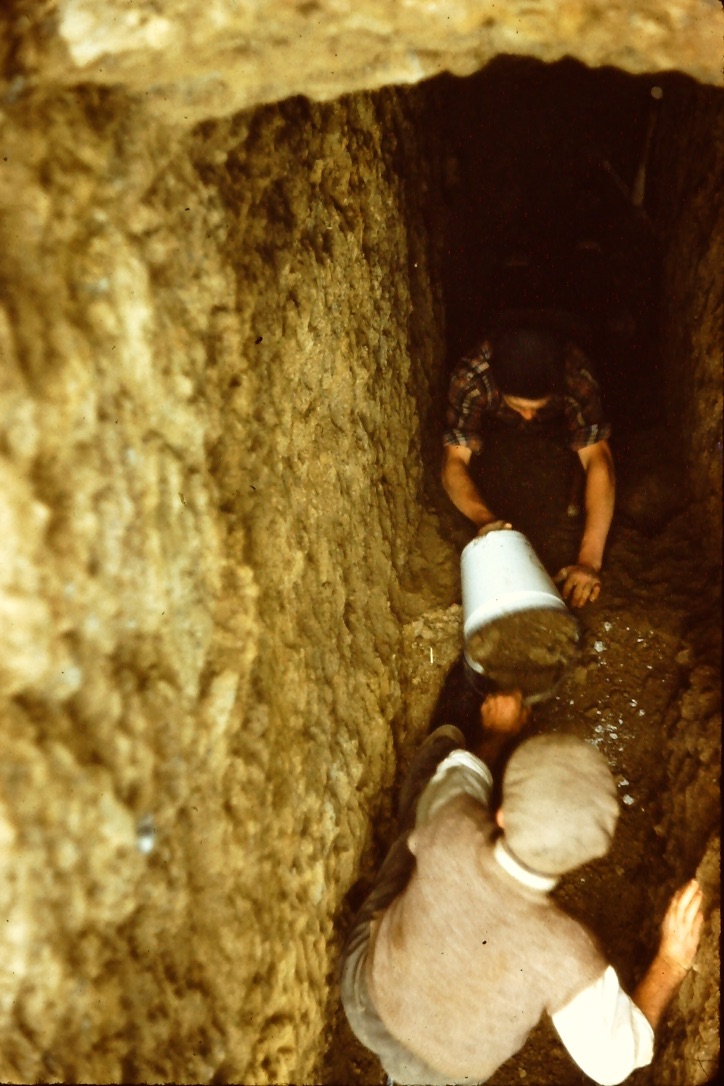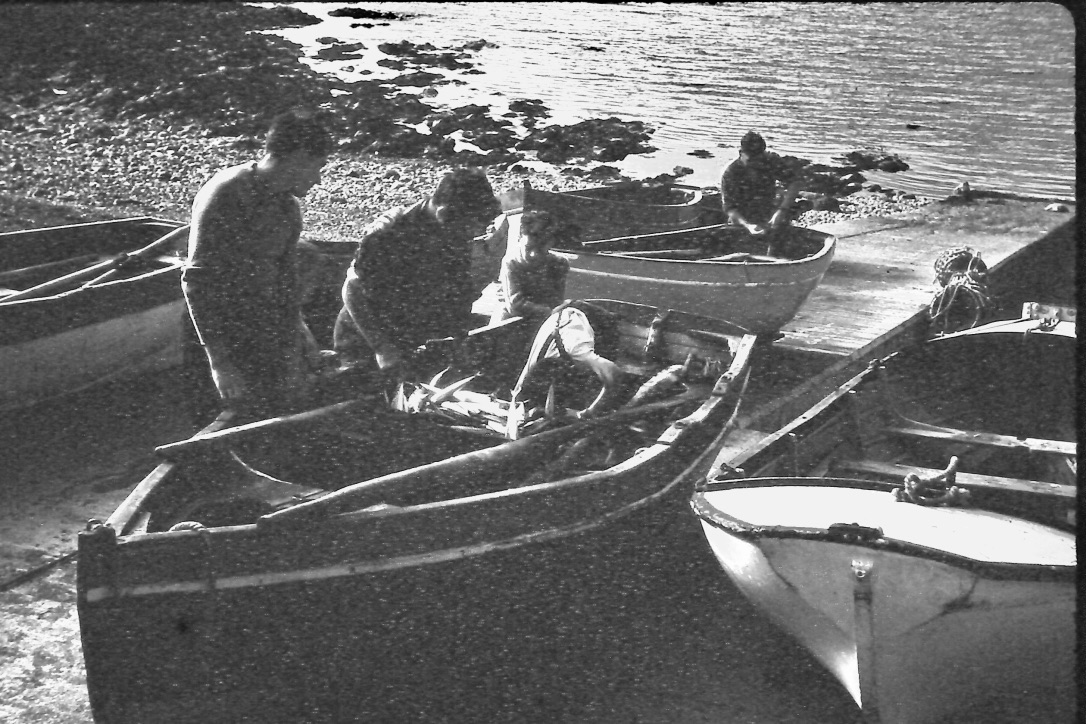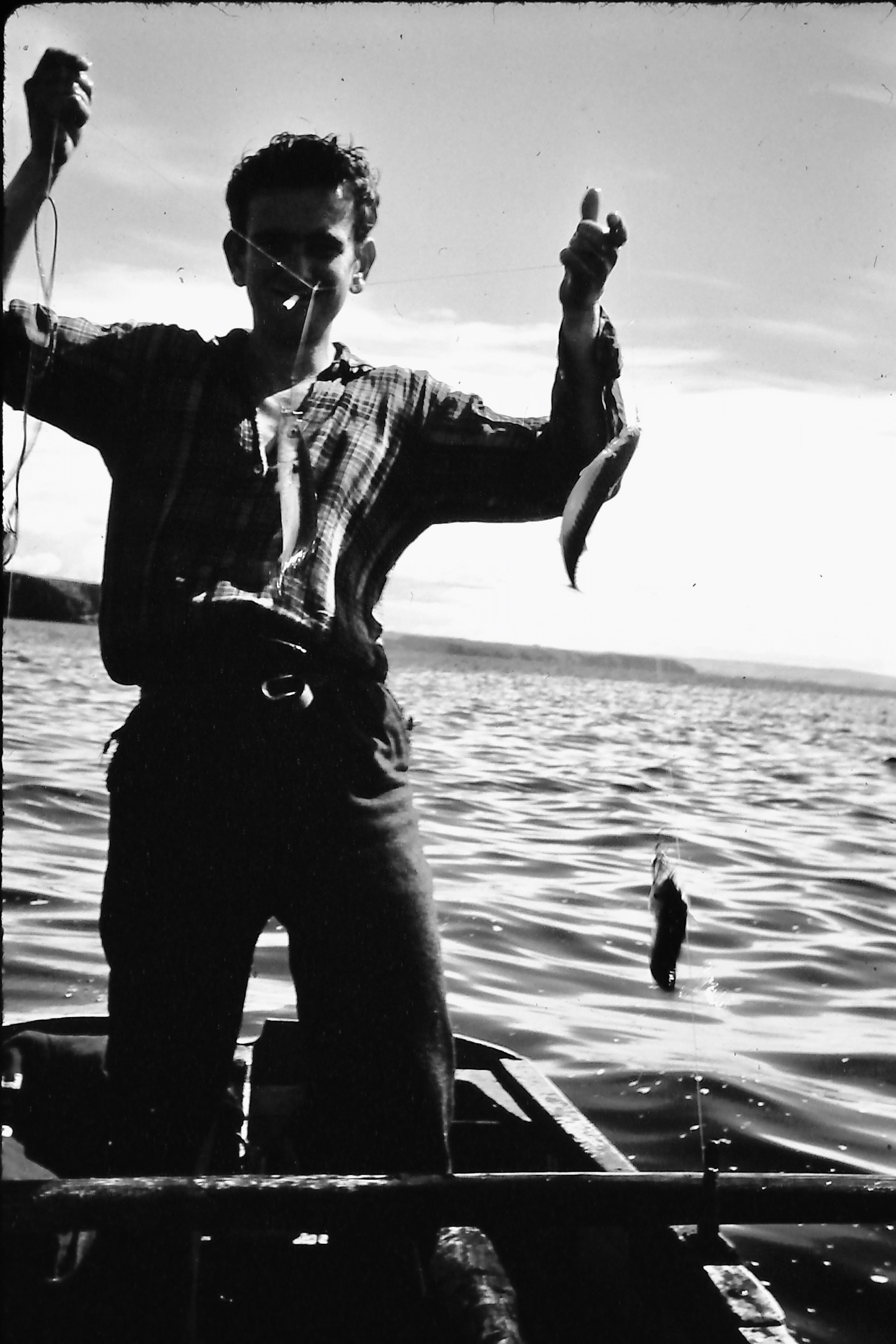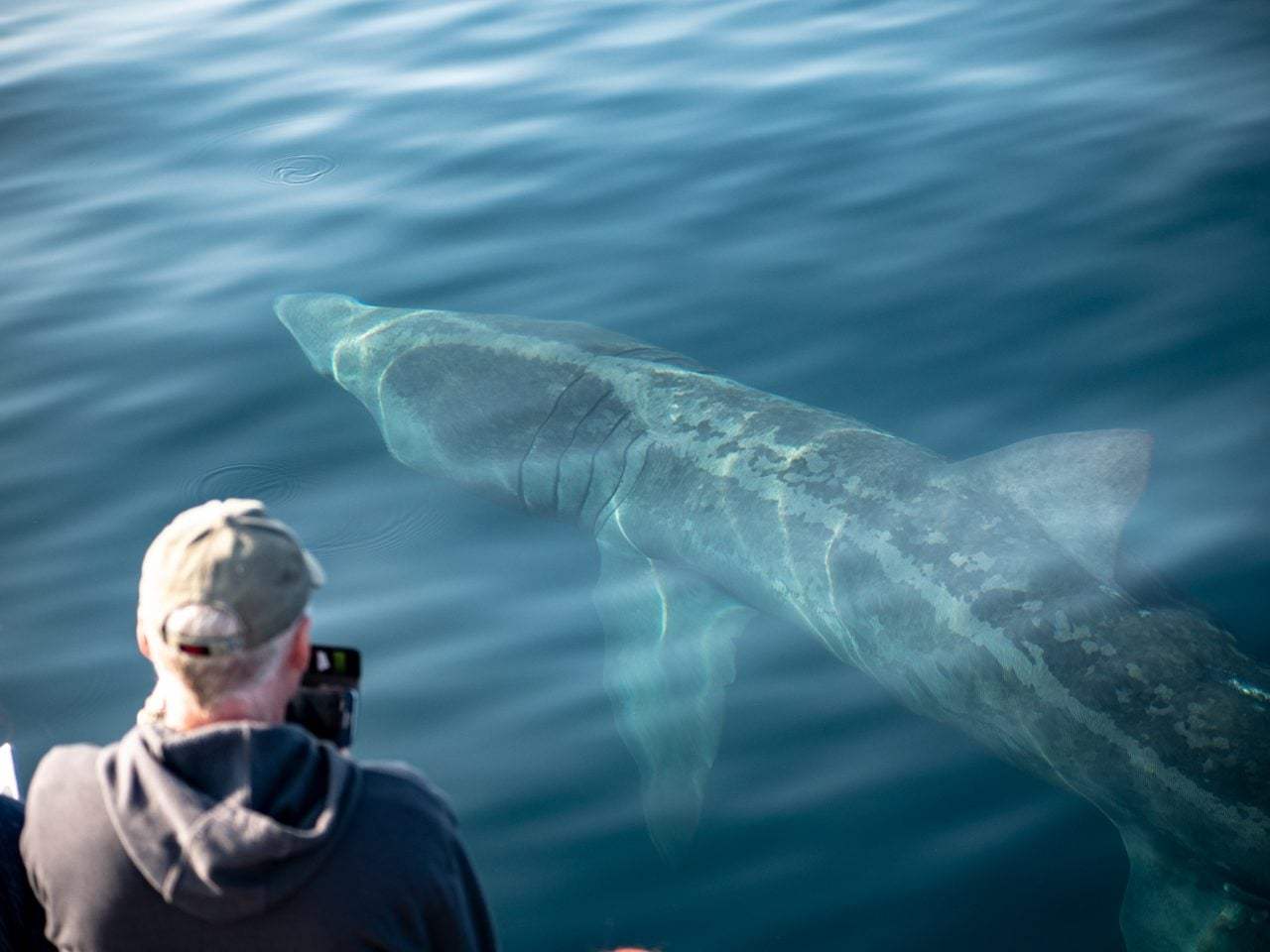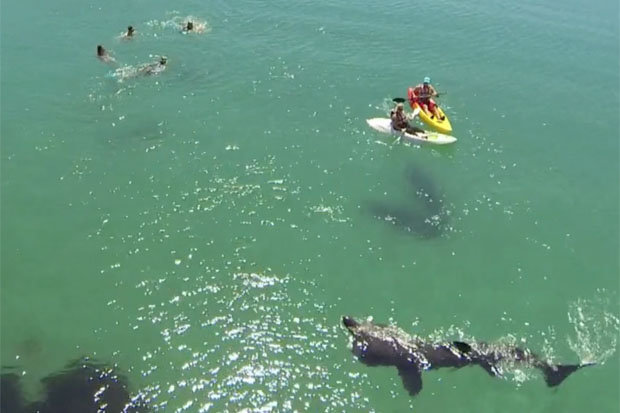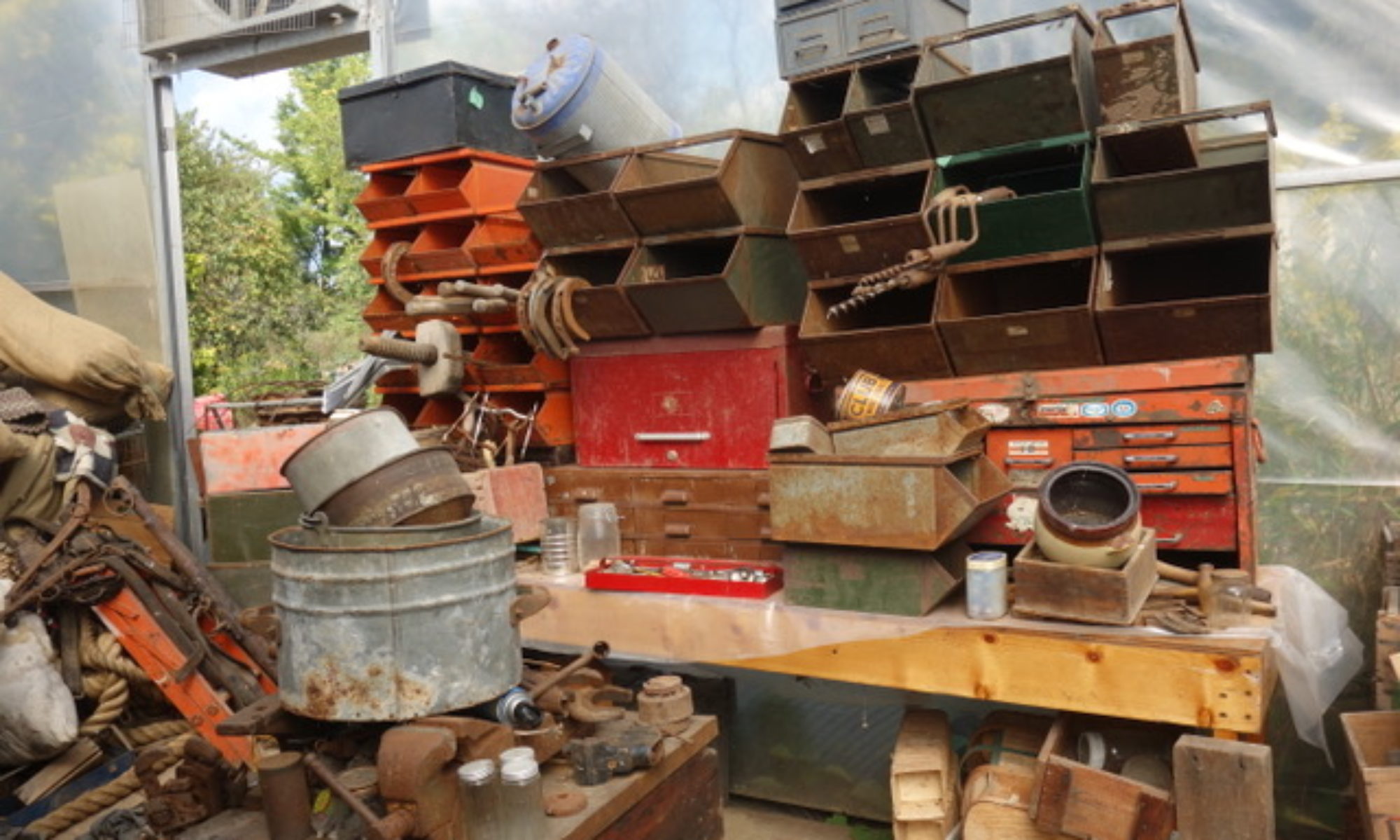Date: 10th June 1941
Location: Kilmacthomas, Co. Waterford
Aircraft Type: Fighter
Crew Members: (1)
Pilot Officer Maurice Motte
Notes: Pilot Officer Motte was part of a Free French Unit operation out of England. He had been involved in an attack on a German Bomber in the sky over Ireland. The German Aircraft a Heinkel Bomber with a crew of five tried to make an emergency landing near Churchtown, Co. Waterford, but burst into flames after hitting a stone wall, killing all crew members. Officer Mott aircraft was also damaged in the skirmish and had to make an emergency landing not too far from Kilmacthomas Co. Waterford.

Date: 1st April 1941
Location: Dunbratten Head, Co Waterford.
Aircraft Type: Heinkel 111 Bomber
Crew Members: (5)
Leutnant Heinz Grau (Pilot)
Feldwebel Georg Fleischmann
Oberfeldwebel Ernst Lorra
Unteroffizier Otto Jaegerr
Unteroffizier Ernst Gensen
Notes: The Heinkel Bomber had been shot up in an attack on some ships in the Bristol Channel. An engine had been knocked out and there was no question of their being able to return back to their base in Tours, France, so decided to make for Ireland. After landing successfully they quickly se
Belligerent aircraft would end up on Irish soil for one of two reasons:
1. The allied pilots would land, mistaking Eire for Britain. This was quite common considering that aircraft navigation systems then were very basic compared to today’s standards.
2. Aircraft would either be damaged during battle or run low on fuel, forcing the pilots to crash or emergency land. In the case of allied pilots they sometimes could not make it to Britain or Northern Ireland. Luftwaffe pilots would land in Eire in preference interment in Britain.
When a warplane was forced to land in Eire, the crew would destroy all documents, maps and as much of the aircraft as possible, before they were captured. Allied pilots, on realizing where they had landed would attempt to travel to the North of Ireland, although not usually with much success.
Escape from K-Lines for German internees would prove undesirable, as France was the nearest axis occupied country to Ireland and travelling there, especially via England would prove very difficult. On the other hand, if British internees succeeded in escaping they would only have to travel little over one hundred miles in order to cross the boarder into Northern Ireland. However, the practice of breaking parole in an attempted to return home was condoned by the respective governments as it was seen as an abuse of privilege. Each internee had a duty to affect his escape but this would have to be done legitimately in the form of a break out from the camp. It was also the duty of the military guard in K-lines, to the escape or rescue of the internees. The guards were armed with rifles but ordered not to fire at internees who attempted escape. Even if an internee successfully effected escape from the compound, the Curragh Camp and surrounding towns were populated with off duty troops stationed in the Curragh. It was not long before Irish authorities had a good intelligence network known as G2, to counter escape attempts. Yet many pro British people were willing to aid the allied internees and an organization known as the “Escape Club” was formed. It was headed by Dr. Hugh Wilson who was a veteran of the First World War and established by M19, British Military Intelligence. The “Escape Club” would organize and aid many British internees to attempt escape during the war.
